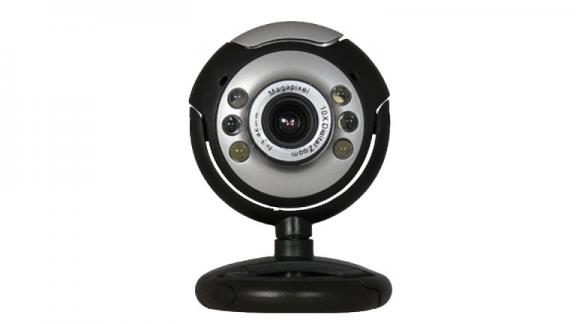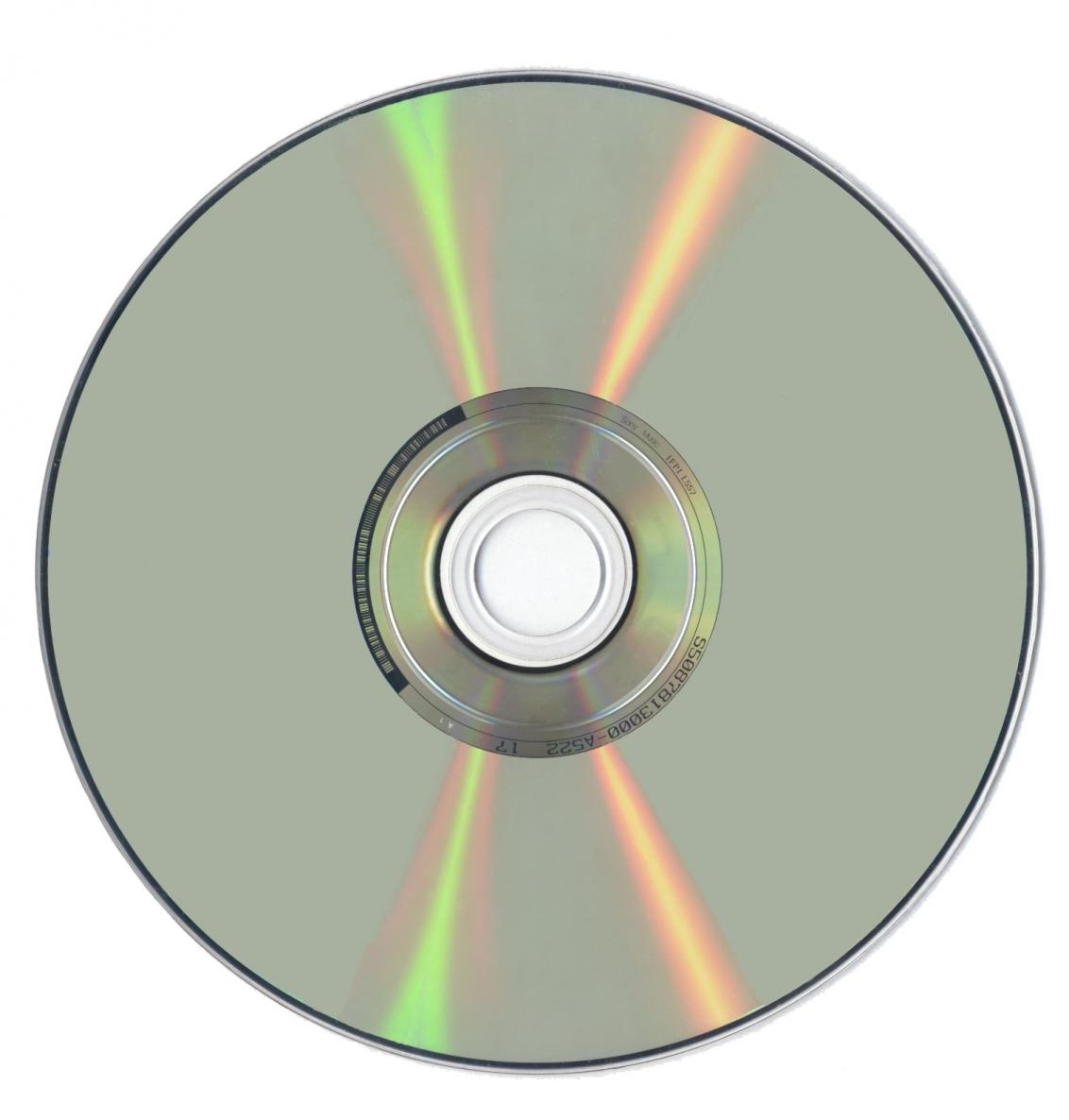Let's see how we can made a cheap amplifier.This amp cost less than $100 in parts, but it sold for $3300 with its small power supply.
History
I decided to make a high quality car amplifier for my car. This amp is based on the 47 Laboratory 4706 Gaincard. After rave reviews of this amplifier in Japan, it was determined that the main component of this amplifier was a readily available $5 chip, made by National Semiconductor.
This chip, the LM3875, when properly implemented creates a high quality amplifier. This started a new trend in DIY amplifiers, as this is the first time that such a high quality amplifier could be made so easily and for such little money.
Note:In this guide, i refer to a car amplifier (12VDC). Of course this amp can used as home amplifier.
Components needed
I used premium components for the best sound possible.Of course you can use cheaper components.
Standard components (for one channel/mono):
(In brackets are the parts list for Digikey)
1 x LM3875TF (LM3875TF-ND)
2 x 1500uF 50v Panasonic FC Capacitor (P10334-ND)
2 x 22.1k ohm resistor (PPC22.1KXCT-ND)
1 x 680 ohm resistor (P680BBCT-ND)
1 x 220 ohm resistor (PPC20.0KXCT-ND)
The circuit


The gain for this amplifier (RNFB/R3) is approximately 32.
The amplifier
This is a basic design with a single LM3875TF chip per side.
This is the ampplifier into chassis.

Building the PSU
The first we need for a PSU is the tranformer.A transformer with 25V transformer secondaries and 220VA is a good choise.The fuse required will be dictated by the size of the transformer, due to the inrush current when power is first applied.
A 2 amp slo-blo typically works fine for transformers around 220VA or less, while a 3 amp slo-blo fuse might be required if using a larger transformer.
Schematic for transformer with true center tapped secondaries

Schematic for transformer with dual secondaries

12 to 36v DC to DC converter
To work this amp into a car, a VDC converter is needed. Below is a shematic from a simple DC to DC converter and the second image is the converter.

Conclusion
The first thing you notice when connecting speakers is how much power it has. Quite impressive. This pushes the chip to its limits and the heatsink gets very hot. So i replaced it with an old CPU heatsink.
Listening Impressions
Comparing it to a couple of mid-fi cheap amplifiers lying around, this is clearly better sounding.I observed more bass, a touch more clarity on the highs, and better overall imaging than the others.
Try it.




